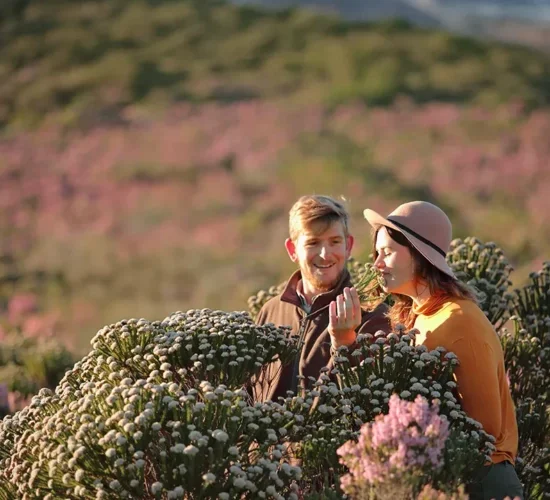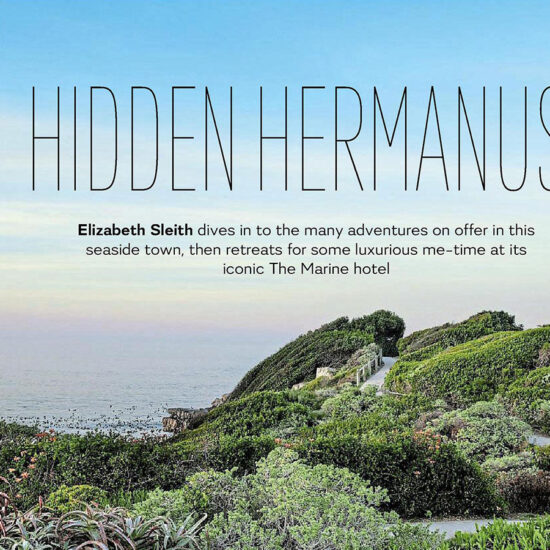Whale Watching on the Cape Whale Coast
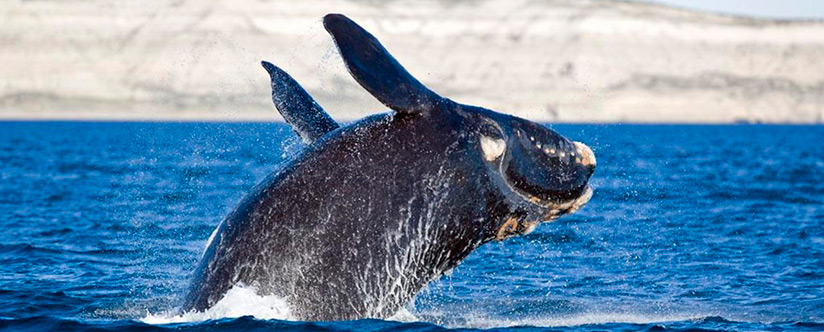
The Southern Right Whales come to the shores of the Cape Whale Coast from June till November each year to mate and calve in the shallow waters. There are also visiting Brydes all year round, and Humpback whales passing between June till November on their way to the warmer Mozambican waters.
The region has gained the reputation of offering the best land-based whale watching in the world because of the excellent viewpoints provided by the cliff path along Walker Bay. Kleinmond, Hermanus, De Kelders and Gansbaai also have fantastic land-based lookout points but in whale season you’ll even be able to spot whales while lying on the beach or eating breakfast on your coastal patio. There are many options available when visitors want to get a glimpse of the whales. A walk along the cliff path is one. Hermanus has the world’s one and only Whale Caller, who blows his kelp horn to announce whale sightings.
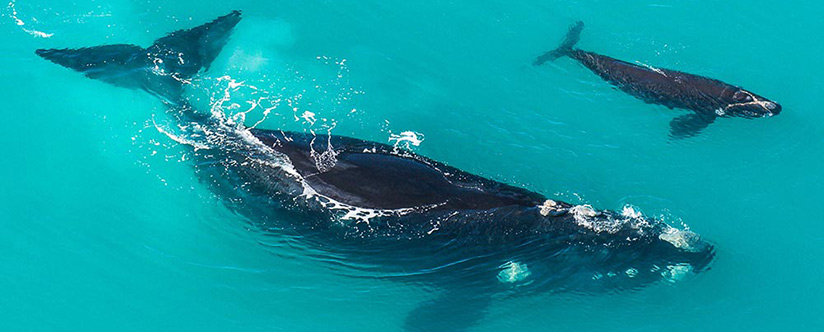
Boats go out from Hermanus, Kleinbaai and Gansbaai to give travellers an adventure on sea. The weather and tides play a role in the scheduling of trips and times should be checked with the operators. There are three permitted whale watching boats that leave Hermanus New Harbour for daily trips weather permitting. Please confirm prices with operators.
Hermanus Whale Cruises www.hermanus-whale-cruises.co.za Tel +27 (0) 28 313 2722
Hermanus Whale Watchers www.hermanuswhalewatchers.co.za Tel +27 (0) 28 312 4957
Southern Right Charters www.southernrightcharters.co.za Tel +27 (0) 82 353 0550
Dyer Island Cruises leaves from Kleinbaai Harbour www.whalewatchsa.com Tel +27 (0) 82 801 8014
Ivanhoe Sea Safaris depart from Gansbaai Harbour www.whaleviewing.co.za Tel +27 (0) 28 3840556
No two trips are alike. Visitors are encouraged to attempt as many whale watching experiences as possible and observe the whales from land, boat or the sky.
Adventure seekers can also kayak with the whales. Book with www.walkerbayadventures.co.za
Prices vary according to group sizes, and you should please confirm prices with the service providers.
Please share your experience on social media by tagging #capewhalecoast #hermanuswhalewatching
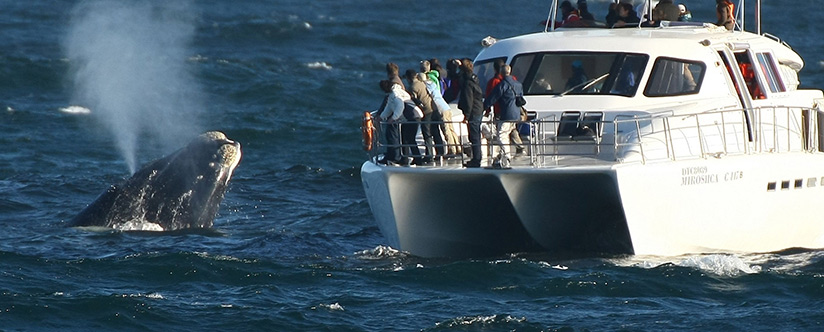
SOUTHERN RIGHT WHALES: Some facts about the whales that visit Walker Bay annually
- Why do Southern Rights calve here in Walker Bay? As is the case for the Southern Cape Coast, the Walker Bay water is warm enough to sustain the new-born whale calves.
- Although research is not certain about the longevity of Southern Rights the estimation is that they can live to be 100 years old.
- n general, a new-born whale calf is a quarter of its mother’s length and 3 to 4% of her weight.
- During their annual migration whales feed in higher latitudes subantarctic and breed in lower latitudes such as Walker Bay.
- They are capital breeders like penguins – feeding one time of year, breed another time of year.
- Peter Best initiated the Southern Right Whale (SRW) monitoring in South Africa in 1969, while working at the Department of Fisheries. He found the Whale Unit in 1985 when he started working at the University of Pretoria. The database of SRW monitoring accompanied him. This precious database is older than Whale Unit and one of the oldest/longest whale datasets in the world.
- South African aerial Southern Right Whale surveys are done once a year flying in a westerly direction mimicking the whales’ route. This survey has an id catalogue of 2322 whales.
- Breeding intervals: Used to be every 3 years now every 4 to 5 years
- Growth curve for the Southern Right Whale population is set at 6,3% per year.
- Southern Right Whales visits the Cape South Coast from June till end November mostly.
- Question: If the migration is not complete where do the whales go? We simply don’t know!
- The plume of mist whales released when they breathe is not seawater, it is simply hot breath that condenses when exhaled into colder environment.
- Tail slapping could be amongst other things a sign of aggression when done by female whales and a sign of showing off if done by males.
- What do whales eat? Krill – small crustaceans.
- Whales are considered the “ecosystem engineers” of the ocean because they help to keep life at sea healthy by redistributing nutrients across the oceans.
- Southern right whales are mostly black in colour and were referred to as “black whales” by open boat whalers. Most have a white blaze on their bellies, which can vary in size from a small spot to a large irregularly shaped marking that may extend up the side of the animal and sometimes even up onto the back.
- There is also a “brindle” pigmentation pattern. Brindle calves are born almost completely white, with a speckled black collar around their necks and a variable amount of black spotting across their backs. 94% of all brindle whales are male.
- Want to adopt a whale? Go to www.adoptawhale.co.za
Written by Frieda Lloyd 7 June 2021, Cape Whale Coast Tourism, flloyd@overstrand.gov.za
- IncludedWhale Watching on the Cape Whale Coast
- Not IncludedNatureRelaxationHobbyEnthusiastsFamily-fun

